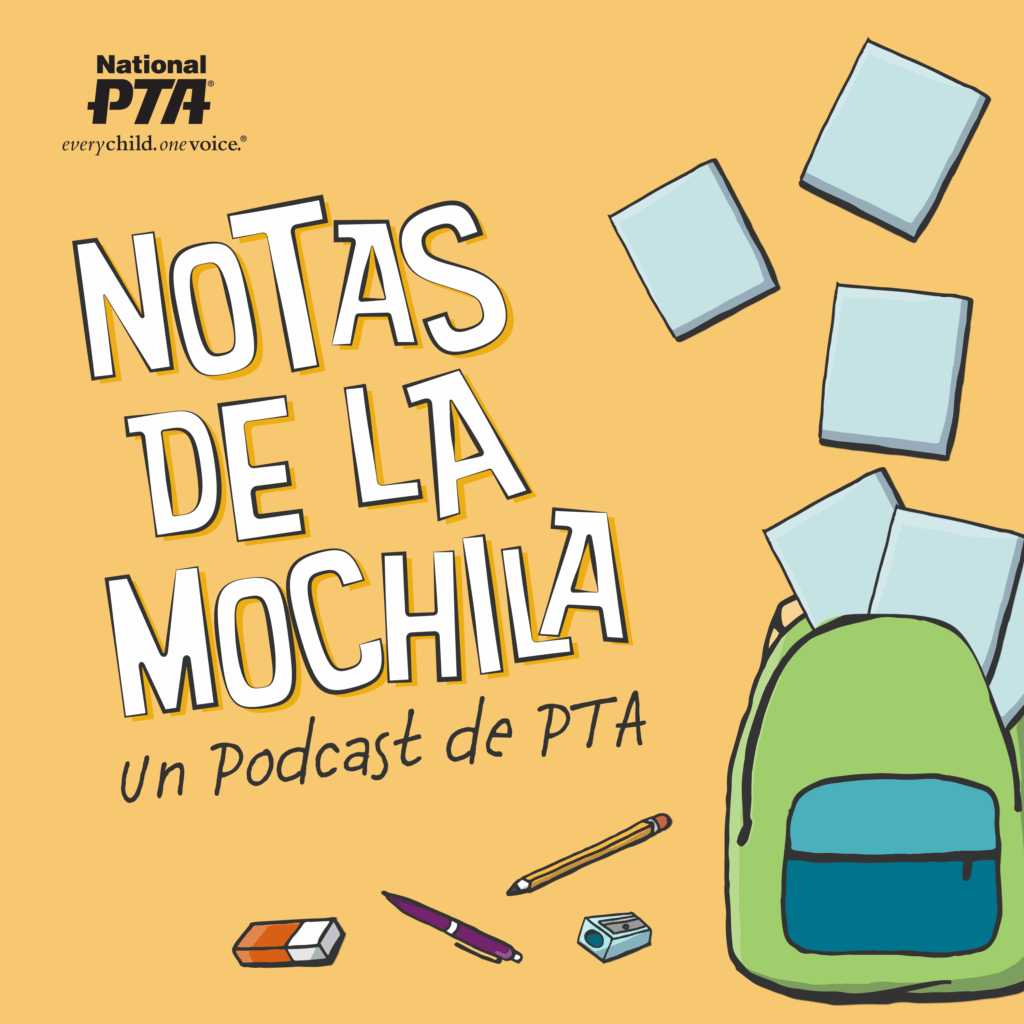Short for science, technology, engineering, and mathematics, STEM represents much more than a collection of school subjects or classes. It’s an exciting world that goes well beyond the walls of a classroom and into the world around us. STEM answers countless questions kids (and adults) ask every day. Figuring out the answers to these questions doesn’t have to be boring, intimidating, or done by a trained scientist. You can unearth them with your whole family, in your own home, with materials you have on hand. Try the following activity, which introduces some important physics concepts in a way that’s super fun and very hands-on.
RACING JUICE CANS
Sir Isaac Newton was an English physicist and mathematician who is considered by many physicists to be the father of classical physics. He was born in England in 1643 and died in 1727. He was once sitting under an apple tree when an apple fell on his head and led him to formulate the universal law of gravitation. According to Newton’s first law, sometimes called the law of inertia, when an object is in motion it wants to stay in that same motion, unless a force acts on it to make it change. This also means that if an object is not moving, it wants to remain still unless a force acts on it. For example, if you place an ice cube on a horizontal surface— perhaps in a baking pan on your kitchen countertop—it will stay put. But if you tilt the pan and let the force of gravity act on the cube, it will most definitely move.
It’s a property of matter to want to keep moving if already in motion, or to remain still if it’s not moving. In other words, when it comes down to motion or stillness, matter always, always, always resists change.
The motion of the ice cube moving across the baking pan is called sliding, or translational, motion. But what if an object rolls instead of slides? Does Newton’s first law still apply? A simple experiment will yield the answer.
MATERIALS NEEDED
- 2 identical cans of frozen fruit juice concentrate
- 1 wooden board, 1 1⁄2′ × 4′
- Stack of books or magazines
The question this experiment will investigate is whether matter—in this case, the juice inside the can—resists change in its motion more when it’s in liquid form or when it’s in solid form.
The real question is whether it’s easier for the juice to go downhill when it’s sliding inside the can because it’s a liquid, or when it’s rolling with the can because the juice is frozen.
Preparation for Experiment
To prepare for the experiment, keep one of the frozen fruit juice concentrate cans in the freezer and allow the other to sit on your countertop for a day so that it completely thaws.
When the cans are ready, prop the wooden board up on one end using a stack of books or magazines. This will create the incline necessary for racing the two cans.
Before proceeding with the experiment, ask your child to make a prediction about the results. Which do you think will reach the bottom of the incline first, the frozen juice or the liquid juice? Remember that the frozen juice will roll down the incline, while the liquid juice will slide inside the can. Talk with your child about how this could impact the movement of the cans.
After you’ve made your prediction, place the two cans side by side at the top of the incline. Use a ruler to line up the two cans so that when you remove the ruler, the cans will begin their downhill descent at the same time.
Ready . . . set . . . let go !
!
The result might surprise you both. You might have predicted that the frozen can would reach the bottom first, but it turns out to be the opposite!
Since the liquid juice can reaches the bottom faster, the conclusion can be made that it’s easier for the juice to slide inside the can than it is to roll inside the can. Since it’s easier for the can containing the liquid juice to get to the bottom, the conclusion can also be made that the liquid-juice can resists change in its motion less than the frozen-juice can.
The result of this experiment reveals that it’s easier to slide than to roll, which is something you can definitely feel when a car’s tires lock up and start sliding on an icy road. Repeat the racing juice cans experiment for a friend or family member. See if your friend or family member can predict which juice will win the race.
Rihab Sawah, MS, MA and Anthony Clark, PhD, are the authors of “What’s Your Stem? Activities to Discover Your Child’s Potential in Science, Technology, Engineering, & Math” (Adams Media, a division of Simon & Schuster, 2017).


















